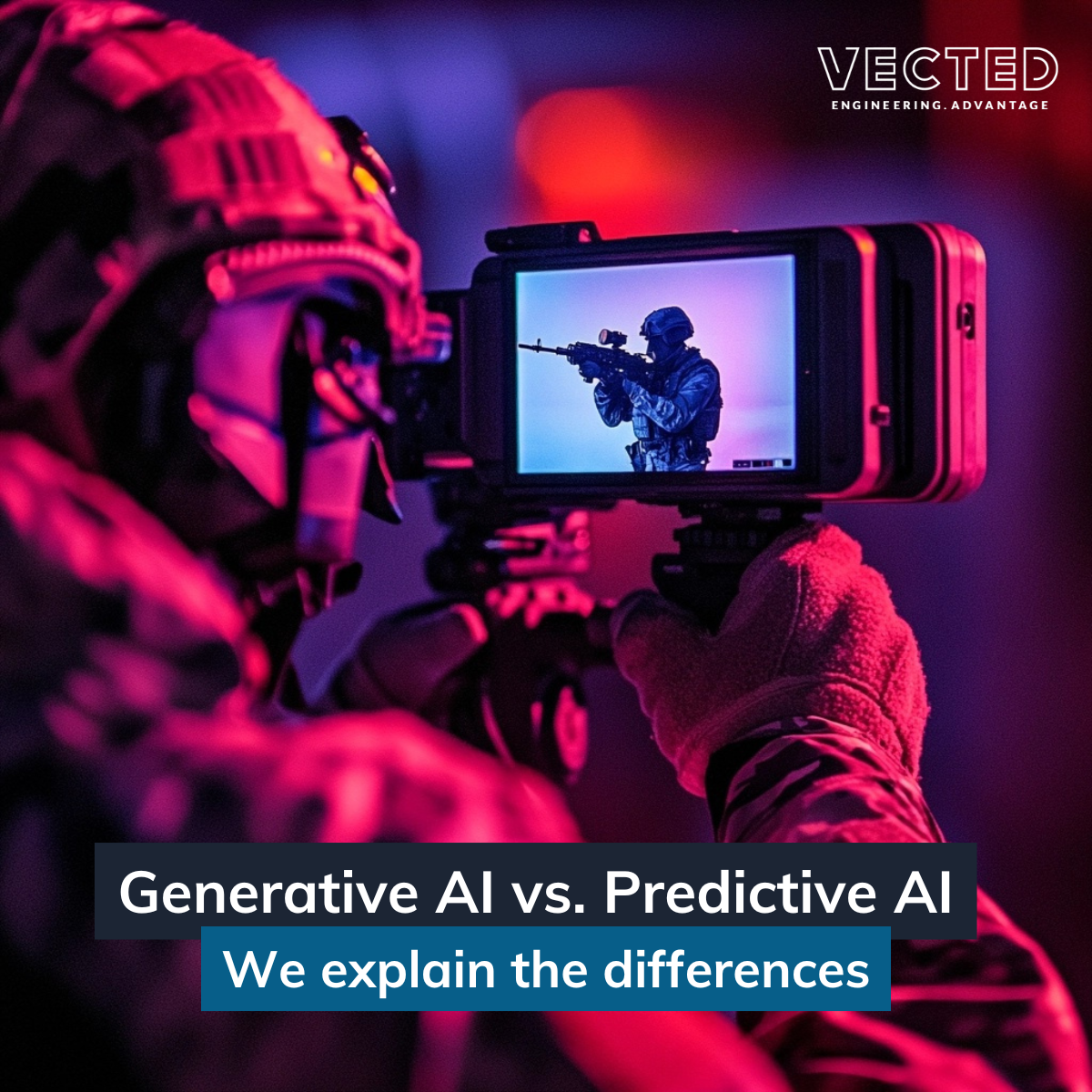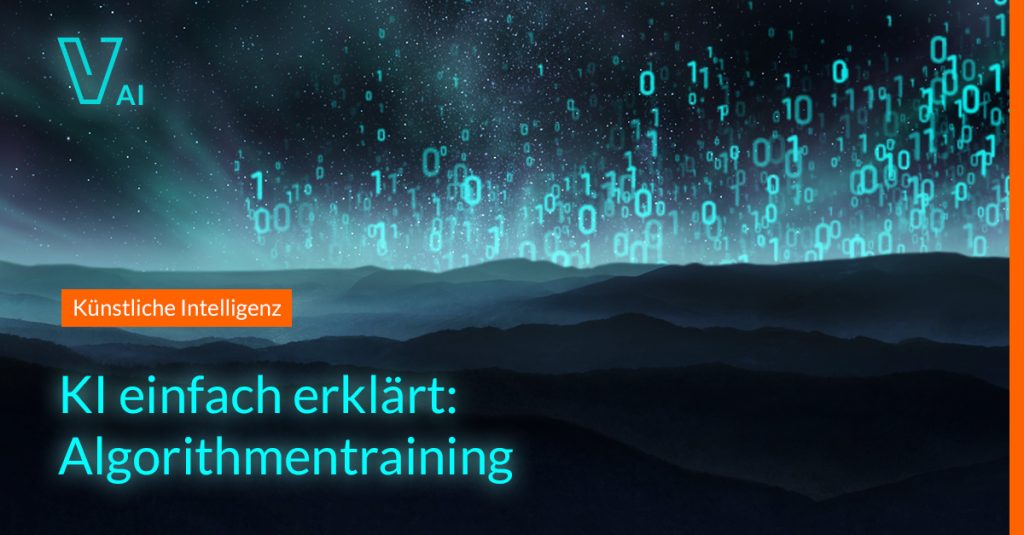At VECTED, the possibilities of Artificial Intelligence have been a focus of development work for many years. In a multi-part blog series, we aim to delve into the principles of AI, introduce the various AI models, explain how they are trained, discuss the challenges involved in AI development, and explore where the journey in AI might lead. We begin with the basic principles of generative AI in contrast to predictive AI.
In times of ChatGPT for text generation or Midjourney/DALL-E as AI image generators, it’s worth exploring the underlying mechanisms. Both tools are examples of generative AI. The user provides an input—which can be more or less detailed—and the AI independently creates new content from it. The input is called a prompt, for example, “Create an image of a girl on a bicycle riding through a flower meadow in the sunshine.”
Unlike generative AI, predictive AI does not produce new content but rather makes predictions based on learned experiences from an underlying data set. The object recognition integrated into our thermal imaging devices is an example of predictive AI. Here, the input of an image allows the AI to detect a certain number of possible objects present in the image. Another example is weather forecasting models that predict a temporal progression based on status data. Generative AI creates objects that did not previously exist.
Both types of AI need to be “fed” with large amounts of data to produce results, but the data input for generative AI is significantly larger. A single training input is called a token. In the AI for our thermal imaging devices, a token consists of a single image. If the AI is supposed to detect tanks, it must be trained with a large number of different tank images. In an AI tool like ChatGPT, the concept of tokens is more complex: to teach the AI sentence comprehension, individual letters cannot be used as input; instead, sentences are encoded into specific sentence components. Such encoding corresponds to a token. To train ChatGPT version 3, 499 billion tokens were used. To put this into perspective: a single high-performance graphics card would take 355 years to train ChatGPT 3. However, the infrastructure used for the training has not been disclosed by the provider.
In the next part of our AI blog series, we will present the datasets used for AI training, explain how Als are trained in detail, and discuss the challenges that arise from this.



